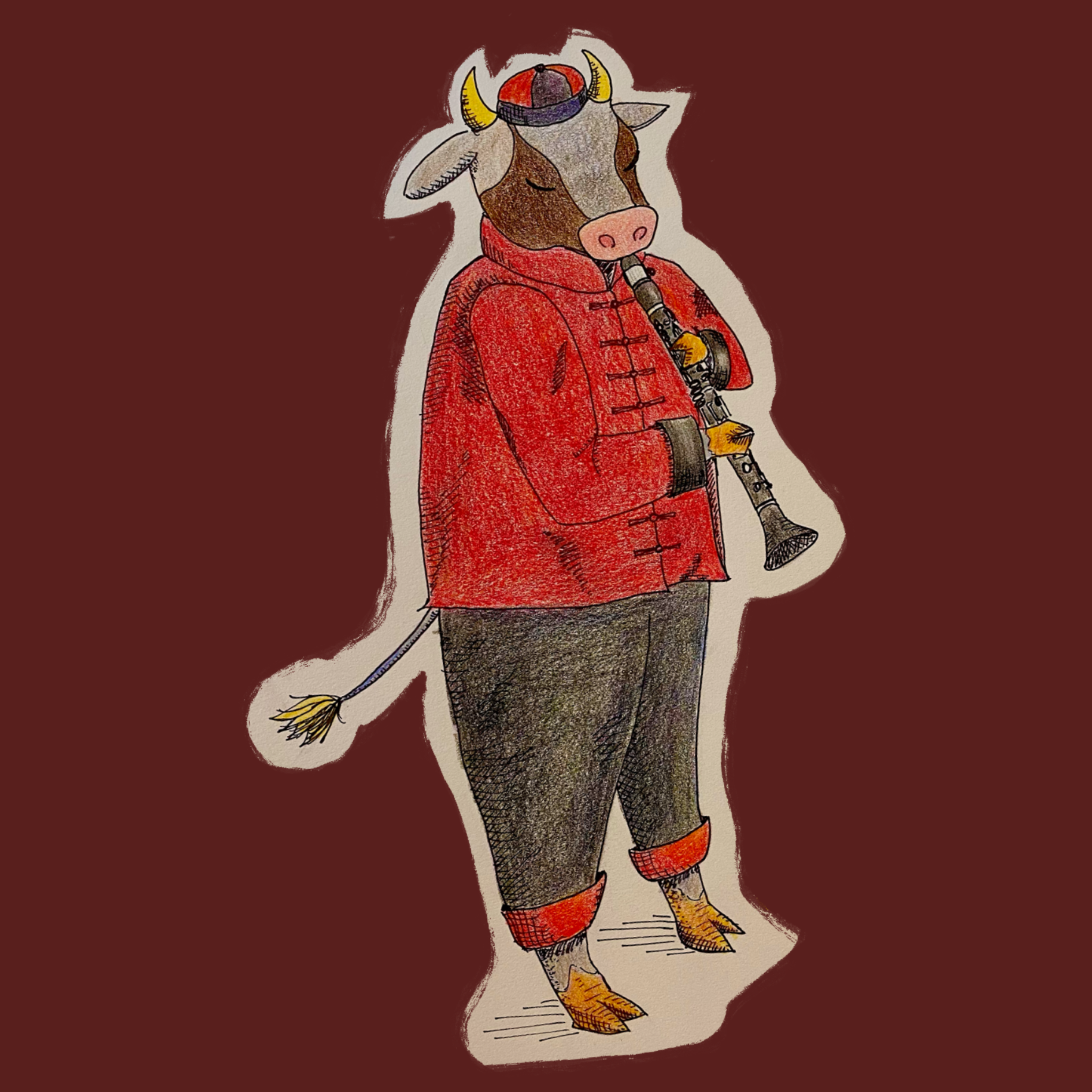What does classical music mean to you?
When I tell people I play clarinet for a living, I get a pretty good idea of what it means to them. “Wow,” they say, “that’s so impressive!” Then, they’ll quickly follow-up: “You know, I could never really get into classical music…I always preferred [insert more popular genre].” To them, classical music is a historic artifact sealed behind a red velvet rope—something to be vaguely admired from a careful distance. You would be hard-pressed to find these people at a classical music concert. Too long, too boring, can’t move around or make noise; many would prefer to spend their time on more enjoyable pursuits.
Do I judge these people? That would be hypocritical of me—for many years I was one of these people. Even though I started playing clarinet and piano at a young age, I could rarely attend a classical concert and immediately appreciate the music. Of course, nowadays I love classical music, and one of my favorite parts of being a performer is unearthing the story behind a piece of music, and telling it to the audience. However, it took years of practice and musical education for me to slowly begin understanding the nuances and idioms that go into crafting the rich and exciting stories that classical music has to tell.
Most people will not spend years of their life learning about classical music just so they can appreciate a concert—nor should they have to. As a performer, it is my job to bring these musical stories to the audience, making them accessible to as many people as possible regardless of background or previous knowledge with the classical genre.
Creating accessible performance is a shared goal of many classical musicians. There are many ways to go about this, but my preferred method is:
Multimedia Performance Enhanced by Artificial Intelligence
It can be difficult for many listeners to pick up on details and subtleties of audio-only input. However, visual media is more direct and immediately understood by the average person. By using image and movement to highlight the nuances of classical music, I hope to tell my musical stories clearly to audiences of all backgrounds.
I create animation that is carefully choreographed to align with the musical score—in order for the performance to be effective, the visual and aural components must synchronize exactly. This process is easy enough for digital performances, where I’m able to coordinate the movement precisely with a static audio recording in post-production. However, things get trickier in the context of live performance.
Since the efficacy relies on careful synchronization, there needs to be a system to make sure the music and the image match at all times. There are some existing methods, like click tracks, but these usually force the performer to conform to a fixed media track, which often feels restrictive. To maximize my capacity freedom to be spontaneous onstage, I’ve turned to artificial intelligence to solve this problem.
I collaborate with my sister Kaitlin Pet, a music informatics PhD student at Indiana University, who is responsible for the technological magic that makes these performances possible. We use A.I. to make the animation flex and follow the whims of the live musician—this music-first approach preserves the synchronization between the music and image, but allows the performer the ability to perform freely with the same amount of flexibility and spontaneity as any regular, non-multimedia performance.
Bio
Nikki Pet is a clarinetist and artist specializing in multimedia performance, whose work seeks to engage unfamiliar audiences with a wide variety of classical repertoire. By combining her natural artistic vision with the history and structure of musical works, Nikki creates animation to visually amplify musical nuance. In collaboration with her sister, data scientist and music technologist Kaitlin Pet, Nikki has created live and digital music performances which use A.I.-enhanced technology to automatically synchronize with animated visual projections, injecting an immersive multi-sensory experience for classical music enjoyment. This collaborative project of the Pet sisters has been presented at multiple conferences, including AlgoRhythms 2023 (Bloomington, IN) and A.I.M.C. 2024 (Oxford, England) both featuring Nikki’s live performance demonstration of this new technology.
Nikki studies clarinet performance with David Shifrin and is a doctoral candidate at the Yale School of Music. Nikki holds a Master of Music Degree from Yale and a B.A. in computer science from Columbia University, where she was also a member the Columbia-Juilliard Exchange Program, studying with Alan Kay. Nikki has participated in various festivals, including the Banff Centre for Arts and Creativity, Norfolk Chamber Music Festival, and Kneisel Hall. Recent awards include First place in the 2023 Cheng Wu Innovation Challenge at Indiana University, the 2023 Philip Francis Nelson Prize and 2021 Horatio Parker Memorial Prize from Yale School of Music, Yale CCAM Studio Fellowship, and runner-up in the 2023 Coltman Chamber Music Competition.
Multimedia productions Nikki has created include Prokofiev’s Peter and the Wolf, Joan Tower’s Fanfare for the Uncommon Woman No. 5 (at the request of the composer), and Carlo Gesualdo’s Moro lasso al mio duolo. These performances, and more, can be found here.
